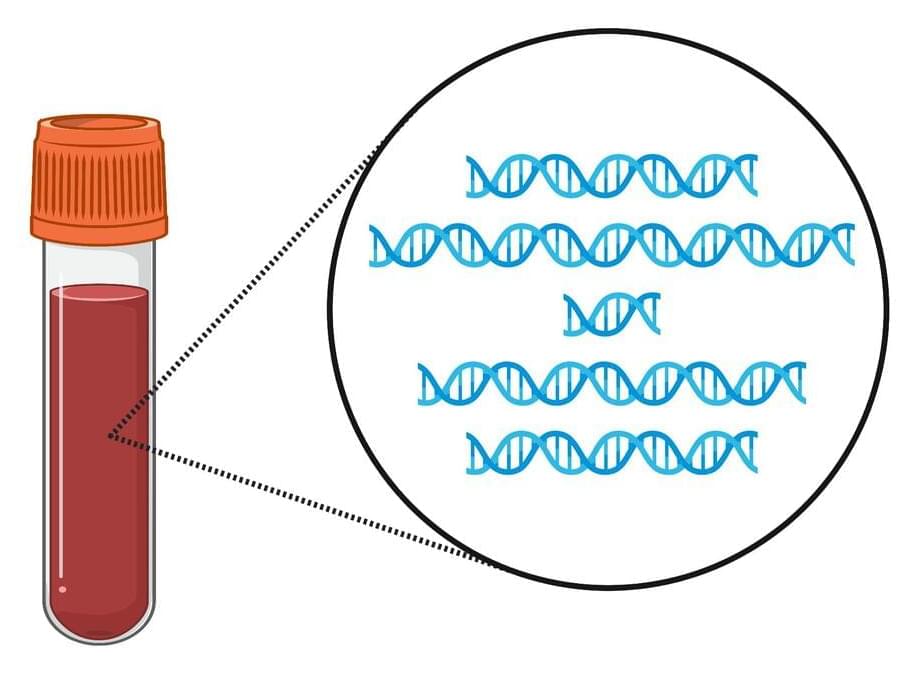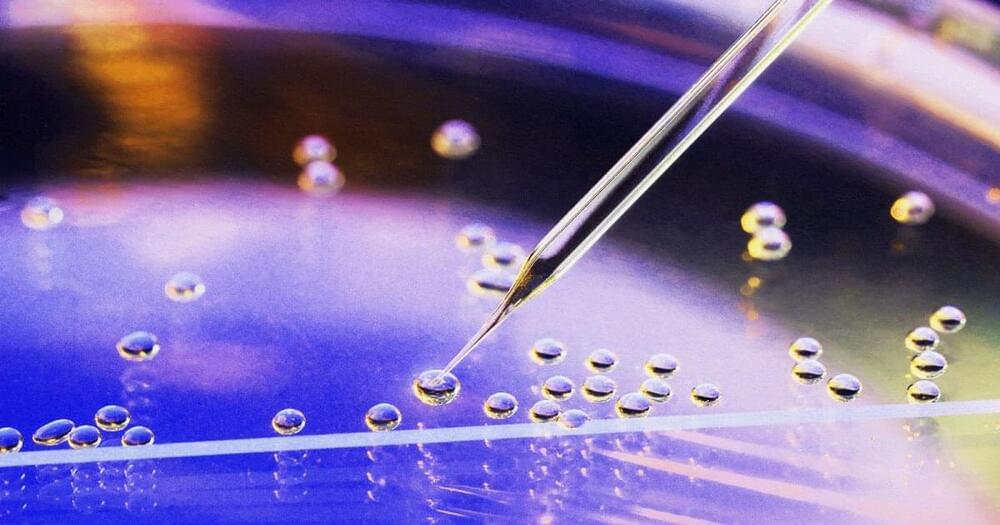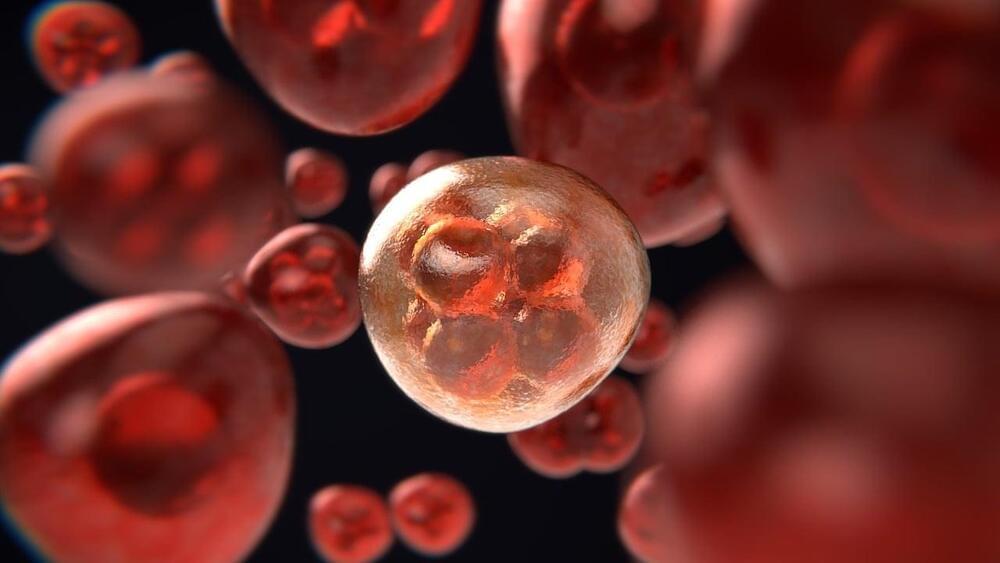Fusion is a kind of nuclear power, which could revolutionise how clean energy is produced. As a new wave of experiments heats up, can fusion live up to the hype?
00:33 The future of green energy.
02:00 What is nuclear fusion and how does it work?
03:17 Is it achievable?
Sign up to The Economist’s daily newsletter: https://econ.st/3s9WjPB
Energy security gives climate-friendly nuclear-power plants a new appeal: https://econ.st/3QHgdd1
Listen to our podcast about the importance of private companies in advancing nuclear fusion https://econ.st/49n7aqa.
Fusion power is coming back into fashion: https://econ.st/49jPwDu.







 עברית (Hebrew)
עברית (Hebrew)
